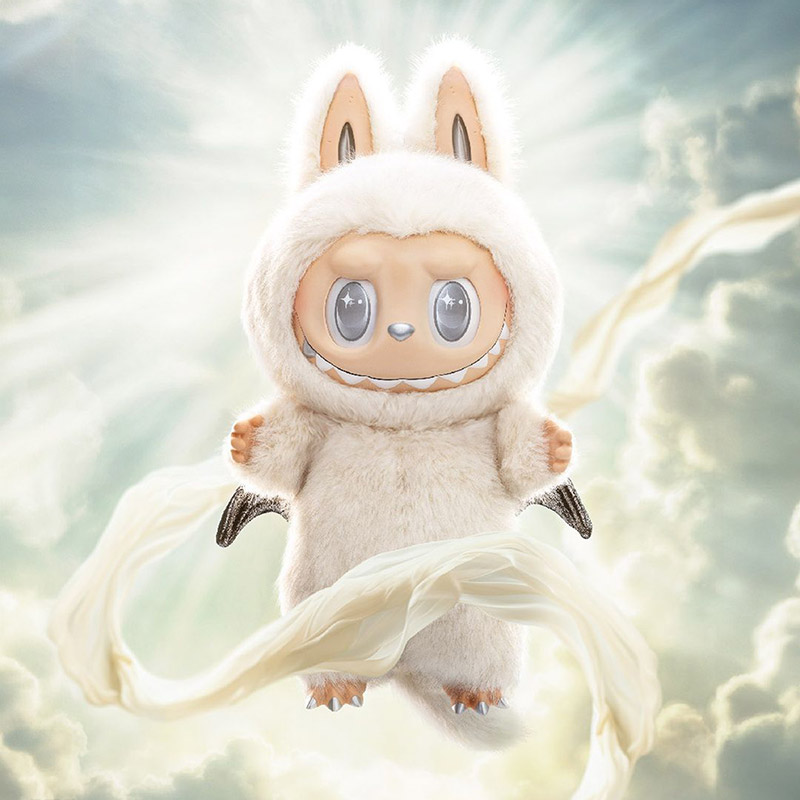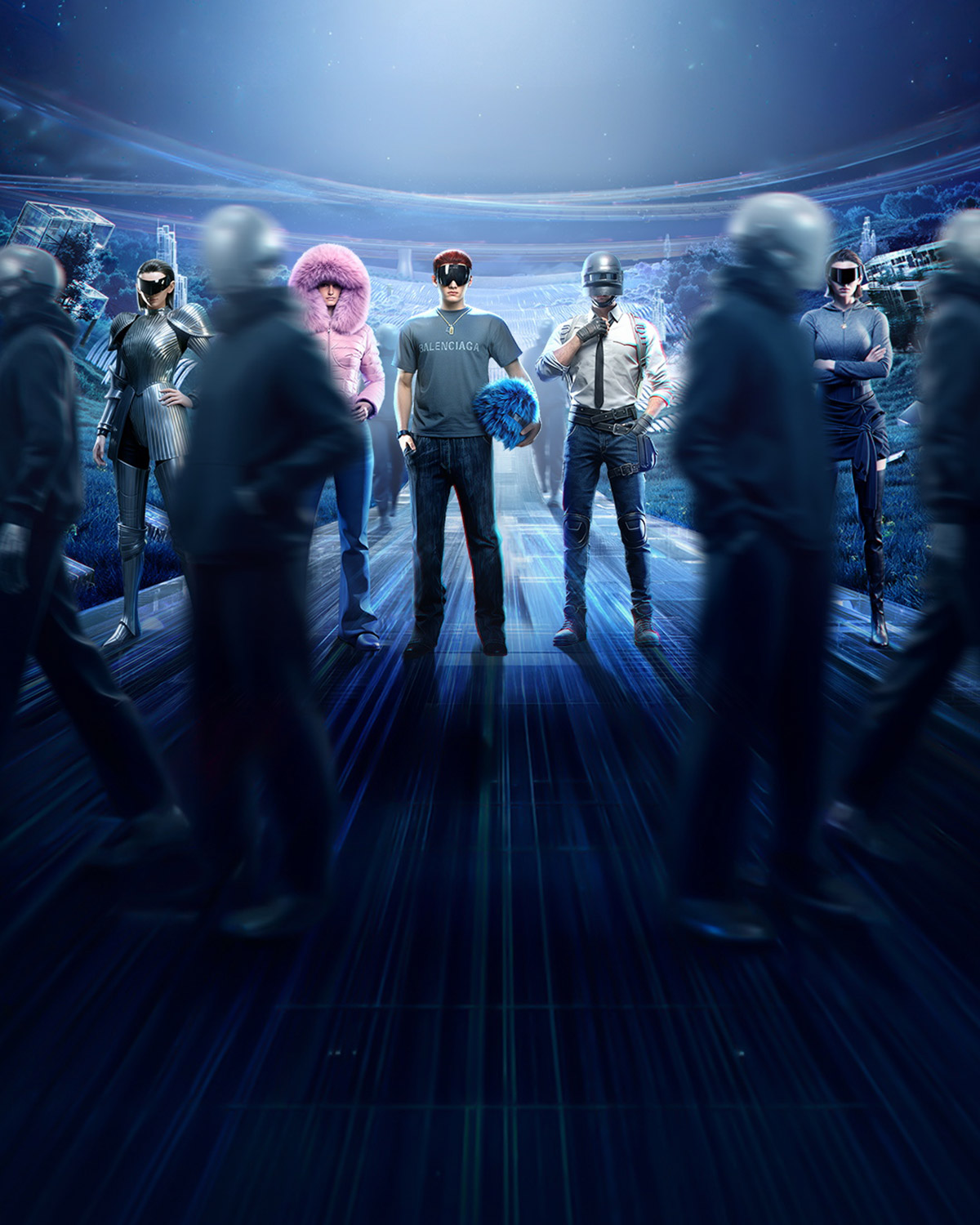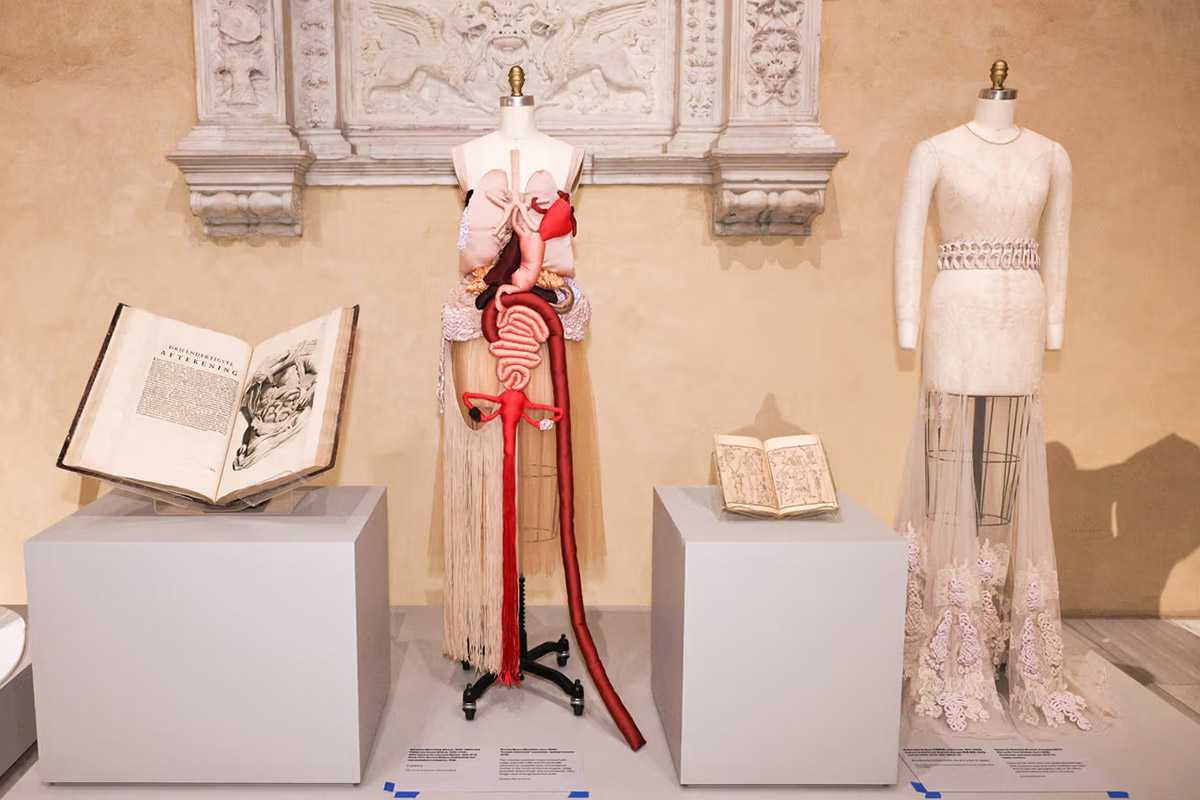
Summary
- The 2026 Met Gala and Costume Institute exhibition theme is “Costume Art,” examining the dressed body across the museum’s collection.
- The exhibition will feature 200 garments alongside 200 artworks, highlighting fashion as an embodied art form deeply connected to the human body.
- It coincides with the opening of the new Condé M. Nast Galleries, located near the Great Hall.
The Met Costume Institute has set its 2026 exhibition and Met Gala theme: “Costume Art.” The title, noticeably missing the usual subtitle, makes a direct statement. It positions fashion not just as adjacent to art, but as art itself, inherently connected to the human form.
This exhibition will coincide with the opening of the Condé M. Nast Galleries. This nearly 12,000-square-foot space, situated right next to the Met’s Great Hall, will be the new, permanent home for the fashion collection. The days of searching for the exhibition within the expansive museum, sometimes in the Anna Wintour Costume Center or tucked between other wings, are over.
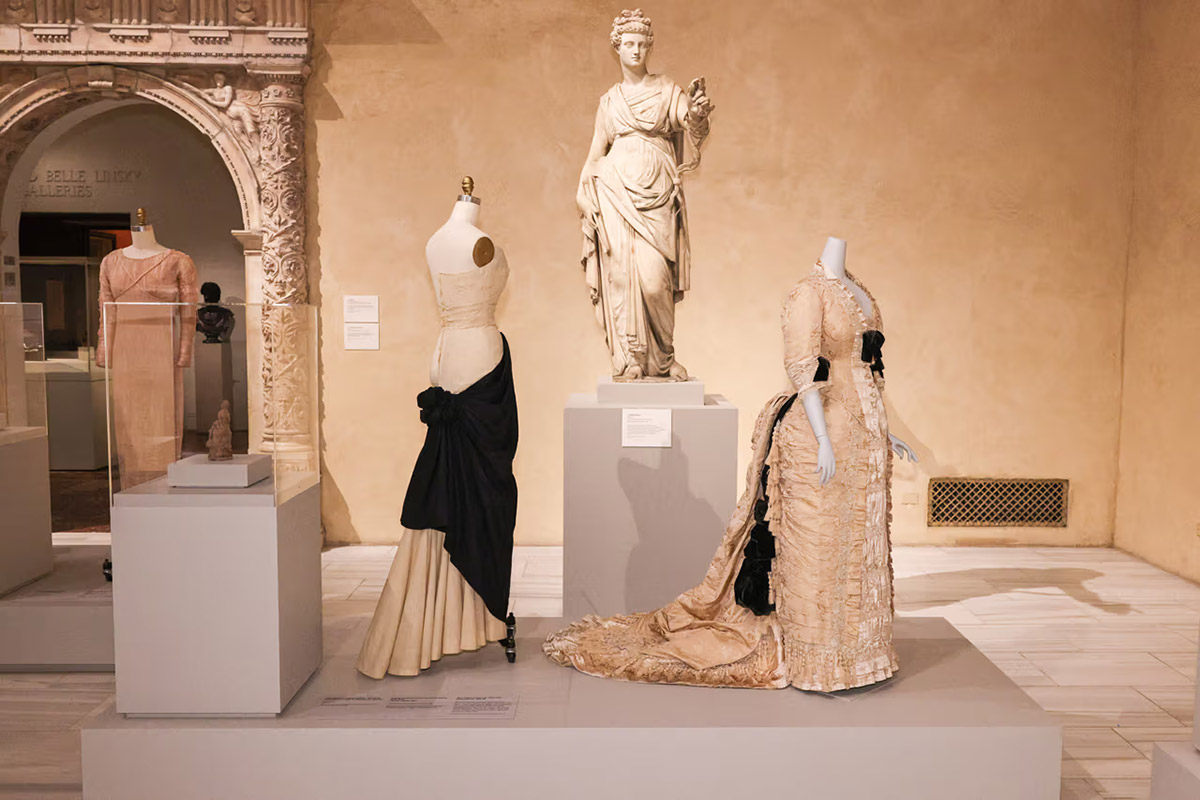
Andrew Bolton, Curator in charge of the Costume Institute, intends to use the museum’s five centuries of sculptures, paintings, and objects to highlight clothing. The show addresses “the centrality of the dressed body in the museum’s vast collection.” It connects the Met’s art collection with both historical and contemporary garments.
About 200 artworks will sit beside 200 garments and accessories, focusing primarily on Western art. The organization is thematic. Expect sections on the “Naked Body” (the nude form), but also the “Ageing Body” and “Pregnant Body,” forms often overlooked. The “Anatomical Body” and “Classical Body” are also included. In one instance, a late 5th-century Greek sculpture is compared with a 1920s Fortuny gown that mimics the color and fabrication of the garment shown in the artwork.

The name “Costume Art” looks back to the Costume Institute’s roots. It began as the independent “Museum of Costume Art” in 1937 before the Met absorbed and renamed it in 1946. The choice confronts a mentality in the art world that fashion is a lower form of art compared to painting or sculpture. Bolton aims to raise fashion’s status without reducing the significance of the bodily experience.
“Rather than prioritizing fashion’s visuality, which often comes at the expense of the corporeal, Costume Art privileges its materiality and the indivisible connection between our bodies and the clothes we wear,” Bolton stated. He added, “ I wanted to focus on the centrality of the dressed body within the Museum, connecting artistic representations of the body with fashion as an embodied artform.”
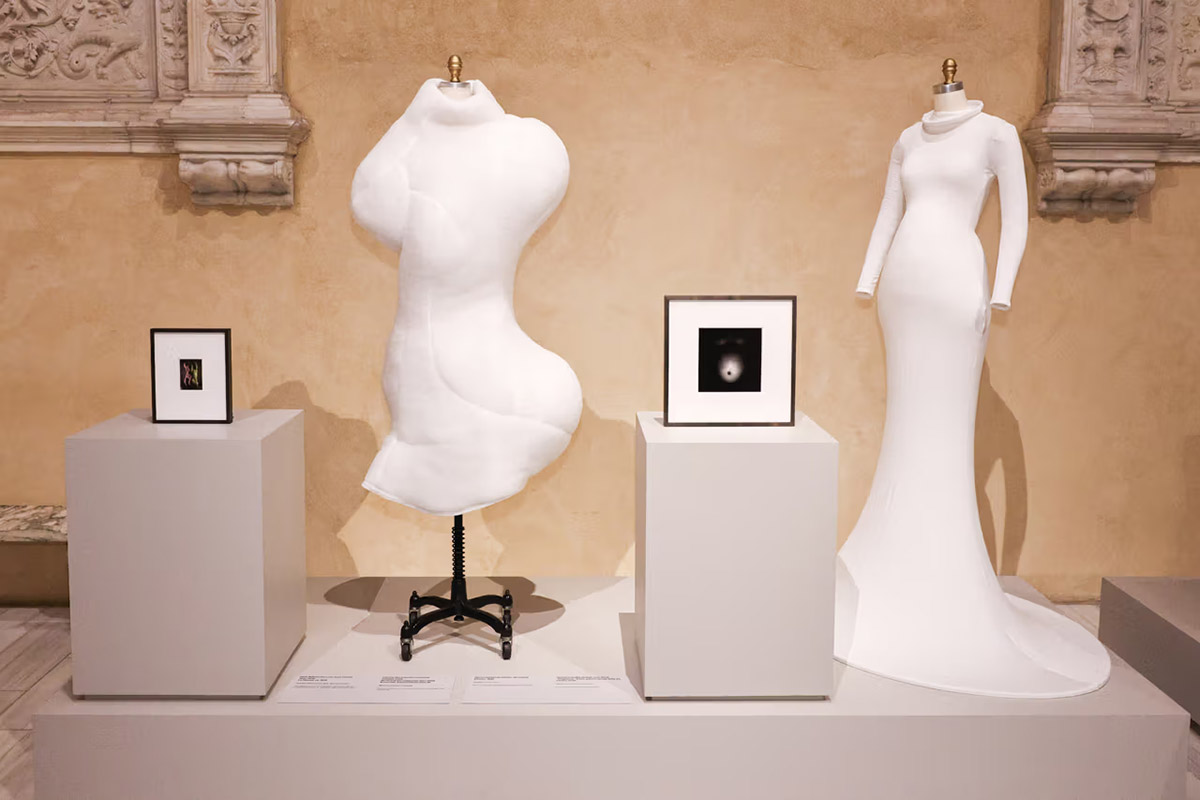
While art and fashion are both present, Bolton has made sure the latter is the priority. Even the presentation addresses the connection to the viewer. Mannequins will feature mirrored faces designed by artist Samar Hejazi. Bolton explained the choice: “I’ve always wanted to try to bridge the gap between the viewer and the mannequin,” noting it will “facilitate empathy and compassion.”
As for the gala on May 4, 2026, while co-chairs and host committee members are unannounced, the dress code seems clear. Expect art adjacent gowns and suits. And since the theme centers the body, the interest in sheer dressing is likely to continue on the museum steps.
